Jeombongsan Mountain Gombaeryeong Pass (점봉산 곰배령)
10.4 Km 89982 2024-02-16
12 Gombaeryeong-gil, Girin-myeon, Inje-gun, Gangwon-do
This ecological area at the summit of Jeombongsan Mountain, situated 1,100 meters above sea level, spans approximately 16.5 hectares. It is often referred to as the "garden of heaven" due to the sheer diversity of plants and wildflowers in the area. The trail leading to the pass has a relatively gentle slope, making it accessible to all. It extends for 10.5 kilometers and typically takes about four hours to complete. Visitors need to make reservations to visit the pass.
Cheonbuldong Valley (천불동계곡)
10.5 Km 29791 2021-04-09
1091, Seoraksan-ro, Sokcho-si, Gangwon-do
+82-33-801-0900
As one of the Ten Sights of Seoraksan Mountain, the Cheonbuldong Valley is also called Seorakgol Valley, being a representative valley of the mountain. Along the valley covering about 7 km from Biseondae Rock to Daecheongbong Peak, visitors can enjoy the splendid scenery of various attractions including Waseondae Rock, Munjudam Pool, Ihodam Pool, Gwimyeonam Rock, Oryeon Falls, and Cheondang Falls. It has all magnificent views of Seoraksan Mountain. The Cheonbuldong Valley is also regarded as one of Korea’s top 3 valleys along with Chilseon Valley of Jirisan Mountain and Tamna Valley of Hallasan Mountain. It offers beautiful seasonal views every year, and among them, the autumnal foliage is considered the best scenery of the valley. Its colorfully-tinged autumnal leaves are in harmony with rocks in fantastic shapes, attracting many hikers in autumn.
Geumganggul Cave (금강굴)
10.5 Km 28146 2019-11-27
1091, Seoraksan-ro, Sokcho-si, Gangwon-do
+82-33-801-0900
Hollowed into the rocks of Seoraksan Mountain, about 600 meters above sea level, you will find Geumganggul Cave. This 23 square meters cave was once used as a place of worship, and contains a stone sitting Buddha and some earthenware. The route up the cave is quite steep, and visitors must walk across a few bridges and up concrete stairways. However, you will be rewarded with a captivating view of Cheonbuldong Valley.
The hiking trail from Seorakdong to Geumganggul Cave, which also passes by Biseondae, is 3.6 kilometers long and takes about 1 hour and 40 minutes.
Biseondae Rock (비선대)
10.5 Km 19608 2021-04-09
1091, Seoraksan-ro, Sokcho-si, Gangwon-do
+82-33-801-0900
Biseondae Rock is a large rock located in the Cheonbuldong Valley of Seoraksan Mountain. The rock blended with a giant surrounding rocky wall creates a mysterious atmosphere. When it rains, water flows down through the rock and forms a small waterfall. The stream of water winding around the rock is considered the magnificent view, which is similar to that of the Manpokdong Valley in Geumgangsan Mountain. When the season changes, its landscape boasts different scenery: full-blown flowers in spring, green and refreshing trees in summer, colorful autumnal leaves in autumn, and white snowy view in winter. Due to such a mysterious landscape, Biseondae Rock bears a legend in which Taoist hermit called Magoseon enjoyed scenery of this place and ascended to heaven. The name of Biseondae, meaning the rock (dae) where a Taoist hermit (seon) flew up (bi) to the sky, originates from this legend.
Seoraksan Cable Car (설악산 케이블카)
10.5 Km 78221 2024-04-08
1085 Seoraksan-ro, Sokcho-si, Gangwon-do
A ride on the Seoraksan Cable Car is the best way to enjoy the unexplored regions of Seoraksan Mountain. The cable car station is located in Seoraksan National Park, and it takes about 10 minutes to reach Gwongeumseong Fortress, which is 700 meters above sea level. Since one-way tickets are not available, passengers must purchase a round-trip ticket. From the cable car window, passengers can see famous attractions like Ulsanbawi Peak and Manmulsang Rocks. From Gwongeumseong Fortress, passengers can take in a panoramic view of Seoraksan Mountain. Seoraksan Mountain, seen from the top of Gwongeumseong Fortress, is majestic and mysterious with unique rock formations. Upon reaching the top of the mountain, the entire scenery of Outer Seorak unfolds before one's eyes. Visitors will be amazed by the Allak Hermitage from the Silla dynasty and the Muhagsong Pine Tree, which has survived for hundreds of years just below Gwongeumseong Fortress. There are many tourists on weekends, public holidays, and fall foliage season, so visitors are advised to plan ahead.
Seoraksan Gwongeumseong Fortress (설악산 권금성)
10.6 Km 65590 2024-02-28
1091 Seoraksan-ro, Sokcho-si, Gangwon-do
+82-33-636-7700
Gwongeumseong Fortress is a stone castle from the Goryeo dynasty and is located 800 meters above sea level in Seoraksan National Park. From a distance, Gwongeumseong Fortress looks like a rising peak, while up close, the expansive stone floor and remnants of castle walls become visible. Visitors can access the fortress via hiking trails or by taking a cable car. From the fortress, visitors can enjoy the majestic view of Seoraksan Mountain and the blue waters of the East Sea.
Seoraksan National Park (Outer Seorak) (설악산 국립공원 (외설악))
10.9 Km 449695 2024-04-08
1 Daecheongbong-gil, Yangyang-gun, Gangwon-do
+82-33-801-0900
Seoraksan Mountain is renowed for its natural splendors and breathtaking views. It holds the distinction of being Korea's first UNESCO Biosphere Reserve and is also listed on the IUCN Green List. The mountain is divided into Inner Seorak, South Seorak, and Outer Seorak, which includes Daecheongbong peak (1,708 meters above sea level), ranking as the third highest peak in Korea. The area is celebrated for its popular hiking trails, with the sunrise and sunset views from the top being particularly spectacular.
Biryongpokpo Falls (비룡폭포)
11.0 Km 35759 2021-04-09
Seoraksan National Park, Seorak-dong, Sokcho-si, Gangwon-do
+82-33-801-0900
Biryongpokpo Falls is 2.4 km away in the south from the Seoraksan Small Park ticket booth. Biryongpokpo Falls is located between Towangseong Falls in the upper region and Yukdam Falls in the lower region. Biryongpokpo Falls was named after the shape of the water stream of the falls (pokpo) resembling a dragon (ryong) ascending (bi) to heaven. Their powerful water streams pouring into the narrow and rough valley look like a legendary dragon. There is another tale associated with Biryongpokpo Falls. A dragon lived here, and one day villagers offered a maiden to the dragon to break the drought. Then, the dragon flew up to the sky, and there were no more droughts in the village. The waterfalls drop 16 m to the ground and their loud sound resonates in the valley. In winter, the waterfalls freeze and the frozen water columns offer another magnificent view. A clear pond is formed beneath the falls and around which there is a wooden observation deck. Biryongpokpo Falls and Surroundings in Seoraksan Mountain were designated as the Scenic Site No. 95. It takes about 1 hr from the Small Park to the Biryongpokpo Falls, while it takes about 3 hr (round-trip) to visit up to Towangseong Falls and Yukdam Falls. The difficulty level of this tour course is ordinary.
Ulsanbawi Rock Milky Way Photo Spot on Old Misiryeong Trail (미시령옛길 울산바위 은하수)
11.2 Km 1 2024-03-18
5110 Donghae-daero, Toseong-myeon, Goseong-gun, Gangwon-do
Misiryeong Pass, historically a pathway connecting Inje to Sokcho, also serves as an observation point for viewing Ulsanbawi Rock in Seoraksan Mountain. More recently, it has gained popularity as a photo spot for capturing the Milky Way. As a result, on clear nights, the parking lot is often filled with eager photographers.
Yongdae National Recreational Forest (국립 용대자연휴양림)
11.3 Km 15827 2020-03-27
7, Yeonhwadong-gil, Inje-gun, Gangwon-do
+82-33-462-5031
Yongdae National Recreational Forest features rivers that flow from Maebongsan Mountain (alt. 1,271 m) and Cheoljeongbong Mountain (alt. 1,172 m). The forest consists of deciduous trees such as oak, linden, and birch, as well as pine trees. Not only does the forest boast a beautiful landscape all-year-round, but also serves as a habitat for wild animals of various species, including rabbits, deer, squirrels, raccoons, and even lenoks, which are designated as endangered species.
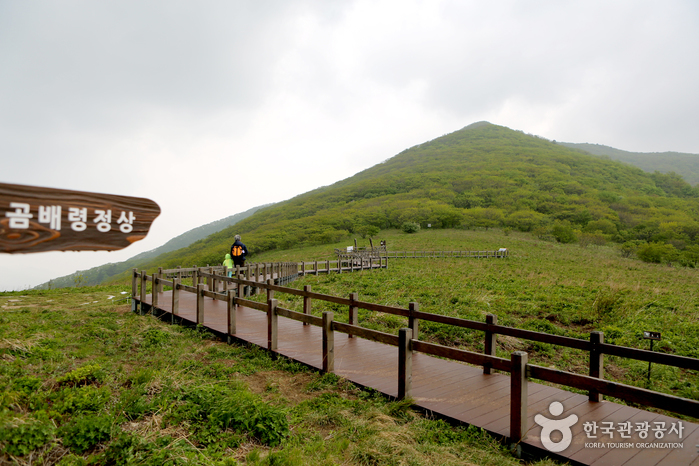
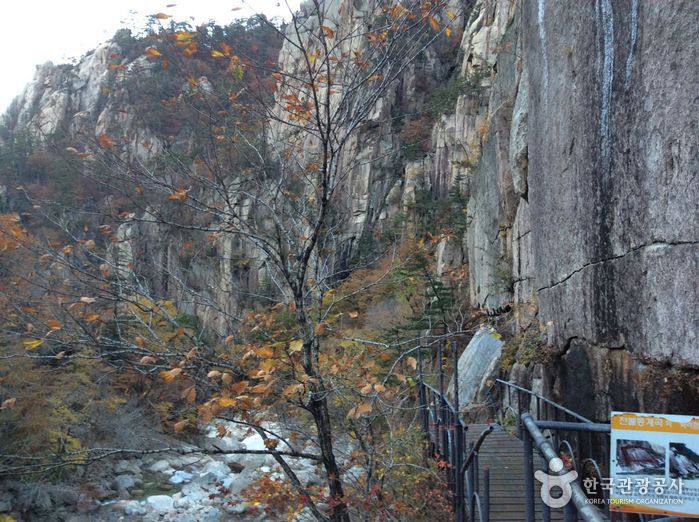
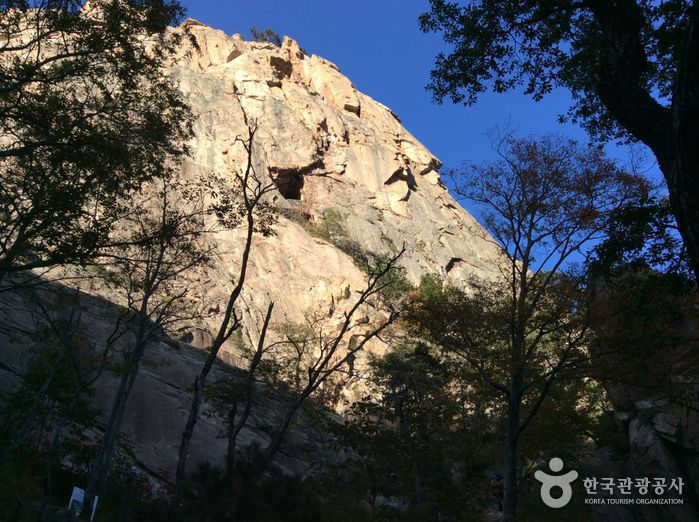

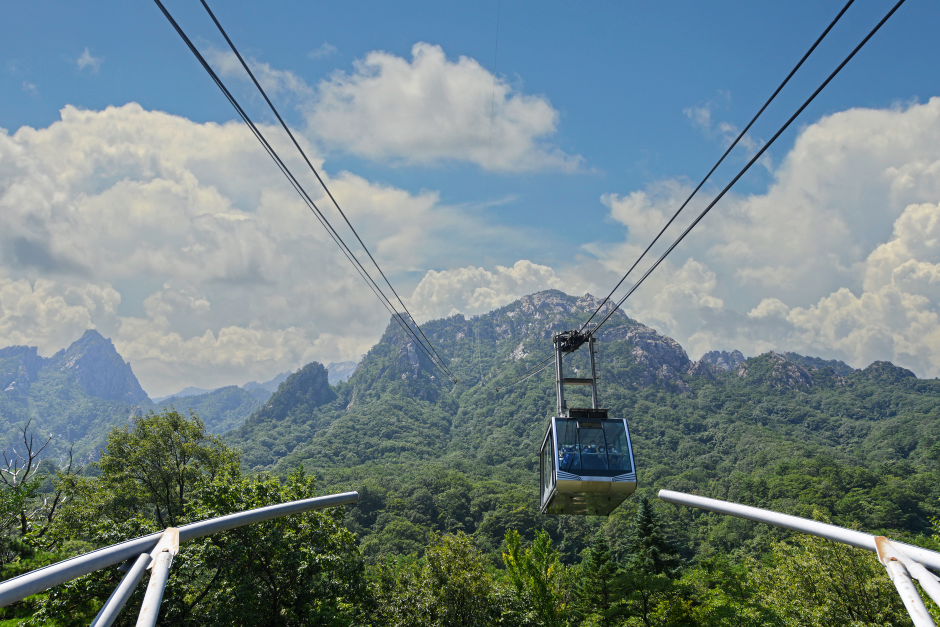
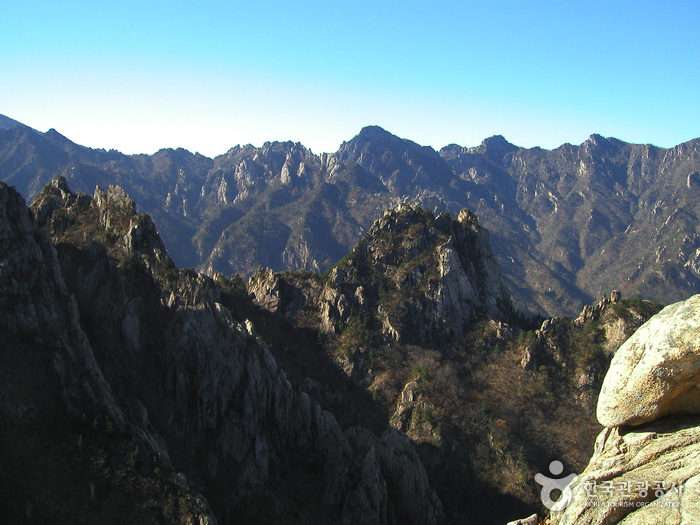
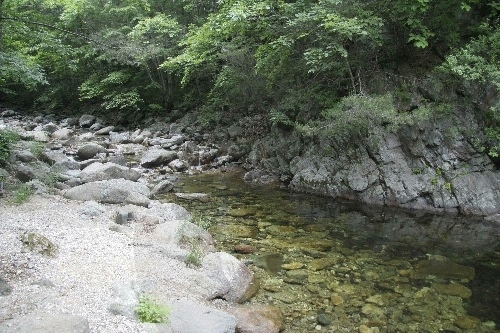
 English
English
 한국어
한국어 日本語
日本語 中文(简体)
中文(简体) Deutsch
Deutsch Français
Français Español
Español Русский
Русский